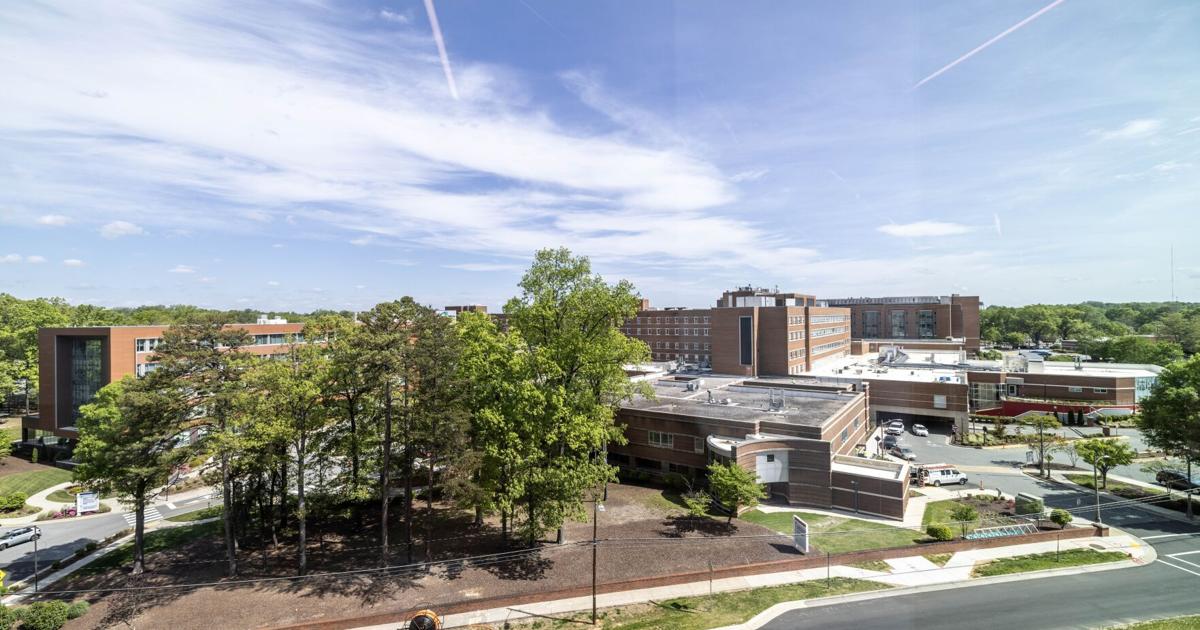Copyright medicaldialogues

Scientists have developed an innovative nanotechnology treatment that reverses Alzheimer's disease in mice by restoring the brain's blood-brain barrier (BBB), a critical vascular checkpoint maintaining brain health. Published in the journal Signal Transduction and Targeted Therapy, the study was led by the Institute for Bioengineering of Catalonia (IBEC) and West China Hospital Sichuan University (WCHSU), in partnership with UK collaborators. Unlike conventional nanomedicines used as drug carriers, these bioactive nanoparticles act directly as “supramolecular drugs,” repairing BBB function and promoting the clearance of toxic waste proteins from the brain. Alzheimer’s disease is closely linked to vascular dysfunction, particularly in the brain’s dense capillary network supplying neurons. The BBB protects the brain by regulating substance exchange with the bloodstream, but its dysfunction in Alzheimer's leads to harmful amyloid-β (Aβ) protein accumulation, disrupting neuronal function and contributing to cognitive decline. The treatment targets a delicate molecular system involving LRP1, a receptor that transports Aβ across the BBB for removal. Using mouse models genetically predisposed to accumulate high Aβ and develop Alzheimer-like cognitive deficits, researchers administered three doses of engineered nanoparticles. These particles mimic LRP1 ligands, binding Aβ and facilitating its transport across the BBB. Nanoparticle size and ligand count were precisely engineered to optimize receptor interaction and clearance mechanisms. Behavioral and memory assessments were conducted over several months to evaluate neurological recovery. Remarkably, one hour after treatment, Aβ levels in the brain dropped by 50–60%. Over subsequent months, treated mice showed substantial cognitive improvements, with behavior resembling healthy counterparts. The nanoparticles restored normal BBB clearance function, reactivating the brain’s natural waste removal and vascular balance. No toxicity was observed, supporting safety and tolerability. Lead researcher Professor Lorena Ruiz Perez emphasized that this strategy opens a new pathway for clinical therapies, shifting focus from neurons to vascular health to combat Alzheimer’s and potentially other neurodegenerative diseases. This breakthrough could significantly improve patient outcomes by addressing vascular contributions to dementia. REFERENCE: Junyang Chen, Pan Xiang, Aroa Duro-Castano, Huawei Cai, Bin Guo, Xiqin Liu, Yifan Yu, Su Lui, Kui Luo, Bowen Ke, Lorena Ruiz-Pérez, Qiyong Gong, Xiaohe Tian, Giuseppe Battaglia. Rapid amyloid-β clearance and cognitive recovery through multivalent modulation of blood–brain barrier transport. Signal Transduction and Targeted Therapy, 2025; 10 (1) DOI: 10.1038/s41392-025-02426-1



